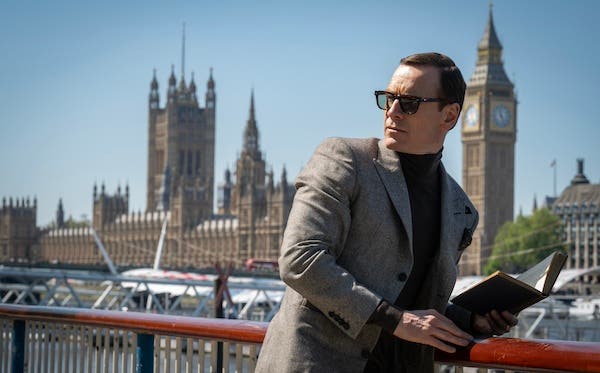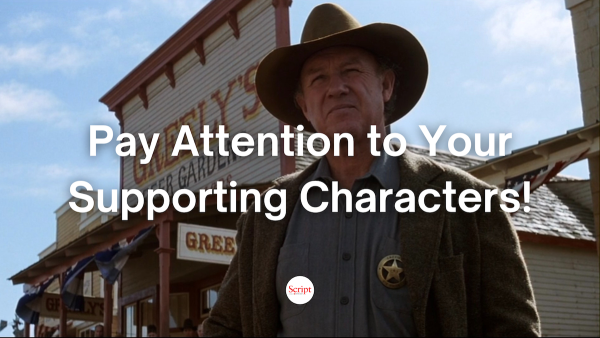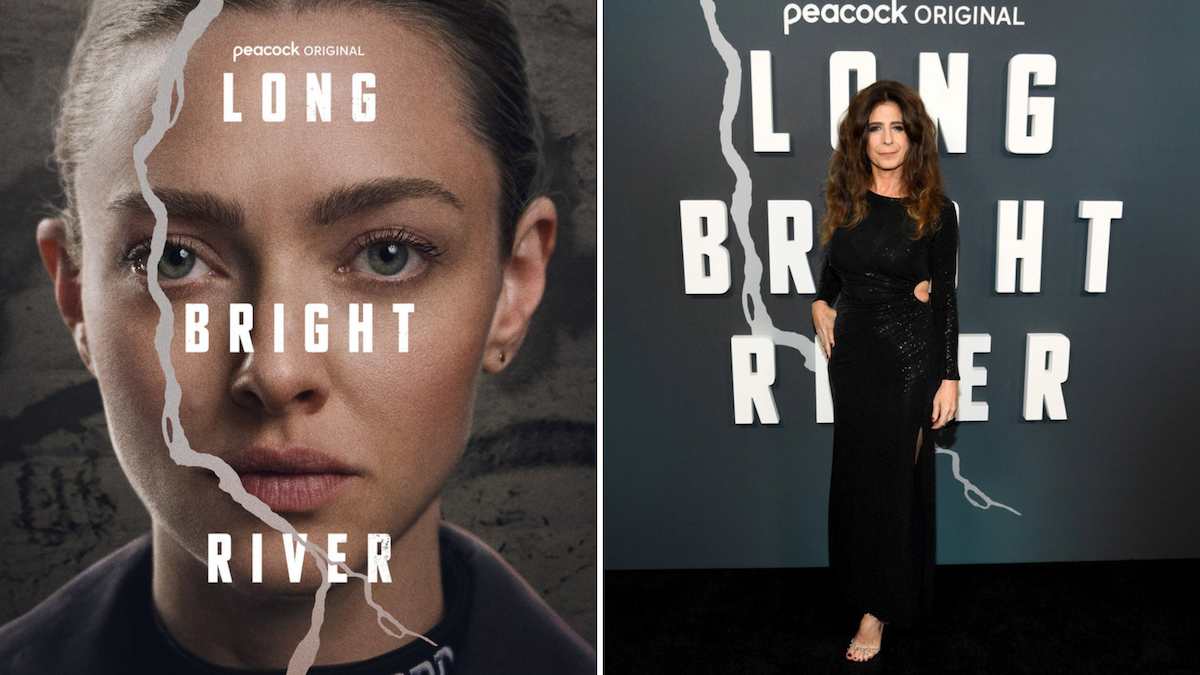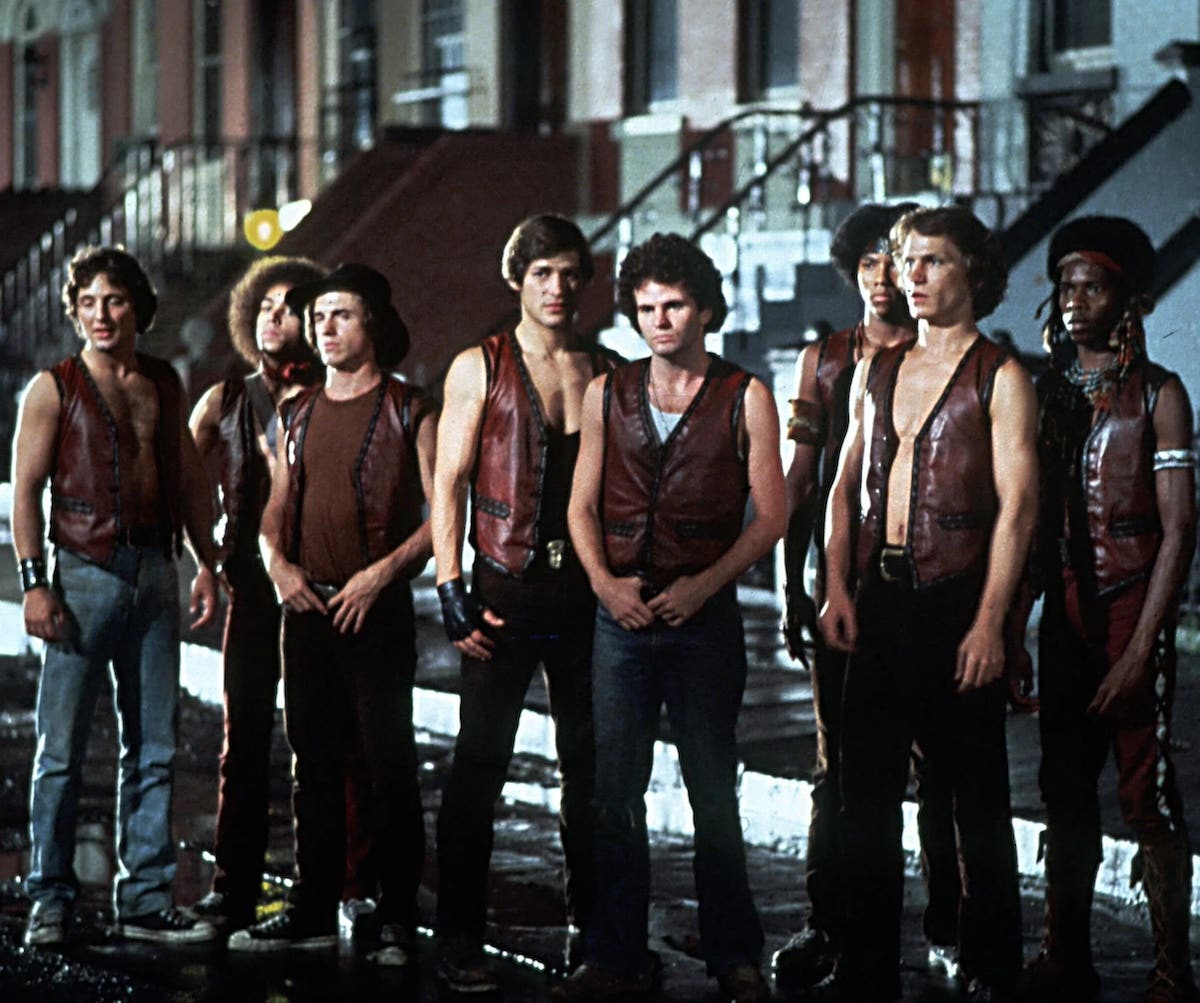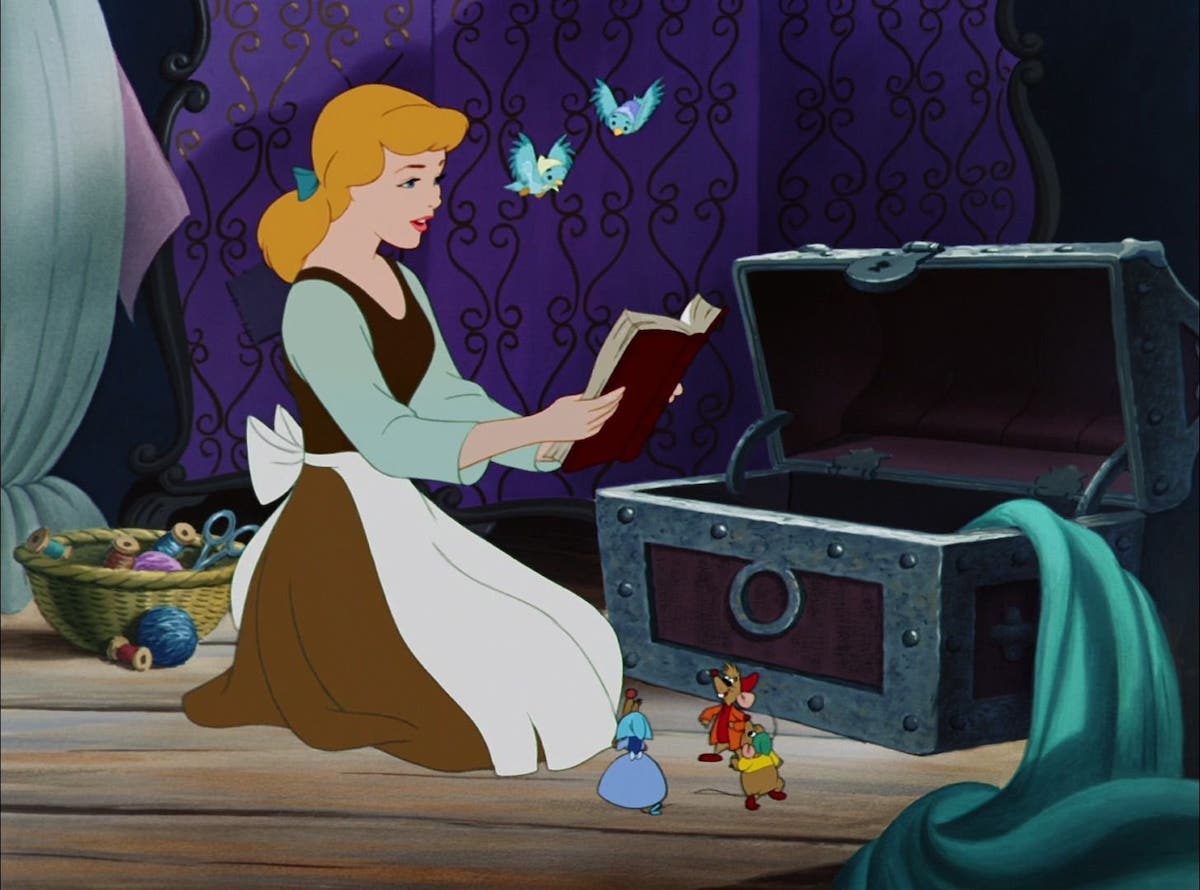COLUMN D: Three’s Company – Writing the Ensemble Piece
Drew Yanno explains how In the “ensemble piece,” there is no main character. Instead, a small group of people – an ensemble – substitutes for the traditional hero.
Drew Yanno is a screenwriter, author, script consultant and teacher. Follow Drew on Twitter @drewyanno.
In my previous column, I wrote about one of the two exceptions to the single main character paradigm that has dominated American film for nearly a century – the dual protagonist story. In this post, I want to tell you about the other – the multi-protagonist story.
This type of film is most commonly referred to as the “ensemble piece.” In these stories, there is no main character. Instead, a small group of people - an ensemble - substitutes for the traditional hero that you find in the age-old myth tale.
These films are even rarer than dual protagonist stories. The first to bust onto the scene in a big way was The Big Chill. You wouldn't know from the success that this film had that it suffered an arduous road to the screen.
The reason for that was Hollywood's resistance to making a film that deviated from the single main character paradigm. Even today, these types of films tend to be difficult to sell to the studios who believe that they're not well-loved by audiences, although a look at some of the better examples of these might seem to argue just the opposite.
Among the classic films of this type are Diner and The Breakfast Club. More recently, you have The Hangover (the original and both sequels), Oceans Eleven (and all the sequels) and Love Actually. If you think on it a bit, I'm sure you can come up with a half a dozen of your own.
Another significant way in which these stories differ from the single main character film is that in that classic myth-based model, the main character has a goal. In fact, it is that goal that forms the basis for the structure of the film.
However, because there is no main character in a multi-protagonist film, there is rarely a single goal that is shared by all the characters. That would tend to be unrealistic since multiple characters would rarely share the same goal or the same method of pursuing one if it did exist. (Of course, The Hangover and the Oceans movies are exceptions to this.)
Instead of a goal, in most multi-protagonist films, the story revolves around an "event." It is this event that is being experienced or about to be experienced by all of the characters. Because of that, it is the event that provides the underpinnings for the structure.
Customarily, this event is introduced in the first act, along with all of the characters. The characters are then forced to react to the coming of the event or to its unfolding (late first; all of second act). The story then ends when the event concludes (third act). In cases where there is a shared goal for the characters, the event and the goal may be different, though they're usually connected.
For instance, in The Hangover, the event is the wedding, while the goal is to recover the groom so that the event can actually take place. Compare that to the Oceans movies where the goal and the event are one and the same: the heist.
Another difference between this type of film and the single main character story is that in the latter, the main character often transforms in some way. Part of the reason audiences love the single main character paradigm is that the hero often “arcs,” going from bum to hero.
In a multi-protagonist story, the multiple characters rarely transform in any meaningful way. Instead, in the best of these the characters arrive at some new understanding regarding one another, without any accompanying change in their life.
For a great example of this non-transformation, take a look at The Breakfast Club, which just happens to be celebrating its thirtieth anniversary this year. In my opinion, this is one of the best multi-protagonist films ever written. On the surface, the event in The Breakfast Club is a deceptively simple one: Saturday morning detention at a suburban Chicago high school.
Because of their time together over the course of the day, the five total strangers making up the ensemble (each representing one of the distinct high school factions) come to understand and respect one another.
However, at the end of that day, the extent to which they have changed in any permanent way is tested when Brian (Anthony Michael Hall), the nerdish character, asks if the others will say “hi” to him in the hallway come Monday. He is pained to learn that, despite having come to like him, the others won’t change how they deal with him. The rigid social structure of high school simply won’t allow it.
I maintain that these stories are among the hardest to write, in part because the classic myth tale with the hero pursuing a goal in urgent fashion is so ingrained in our psyches. The multi-protagonist story resides somewhere outside this box.
If you have an idea for one of these, you likely have in mind some “event” at the heart of the story. If so, you must then work diligently at creating characters with compelling and believable relationships that will help carry the story over the course of the time period that encompasses the event.
If you are able to do so, you could be on your way to creating a viable multi-protagonist film, one that Hollywood might just be willing to take a chance on.
- More articles by Drew Yanno
- Specs & The City: 'We See'... and 'Heat' and 'The Breakfast Club'
- FREE Story Structure Download
Get help writing a script to attract actors with Timothy Cooper's webinar
The Character-Driven Drama: Write Parts Actors Love
Drew Yanno began writing for film in 1993 and has been a member of the WGA since 1995 when he sold his script No Safe Haven to Universal Studios after a six hour bidding war. In 2000, Drew founded the screenwriting program in the Film Studies department at Boston College where he taught for eleven years. He is the author of The Third Act: Writing a Great Ending to Your Screenplay. His second book Idea to Story to Screenplay: a Workbook For Writing the First Draft of Your Screenplay is now available as a Kindle e-book on Amazon. Drew’s first novel In the Matter of Michael Vogel was released in March 2013 and was named one of the best Kindle Books of 2013 by Digital Book Today. In addition to writing and teaching, Drew also worked as a script consultant and served as an adviser to actor and producer Will Smith on a number of projects. Prior to becoming a screenwriter and screenwriting professor, Drew was a practicing attorney and taught law in the Carroll School of Management at Boston College. Follow Drew on Twitter @drewyanno.


